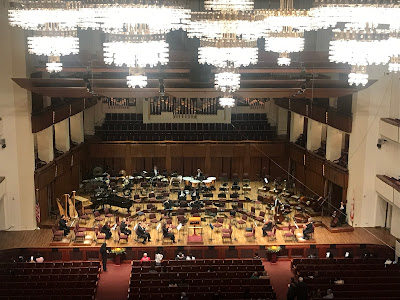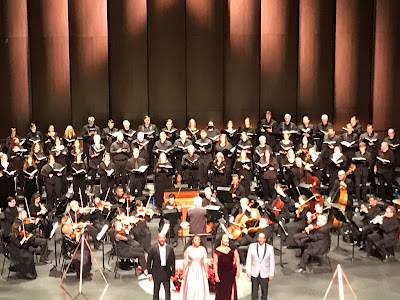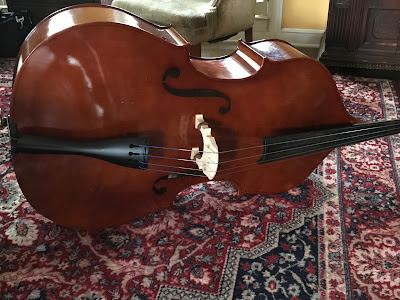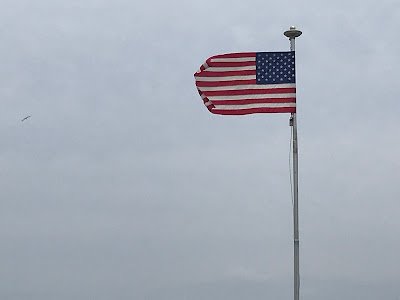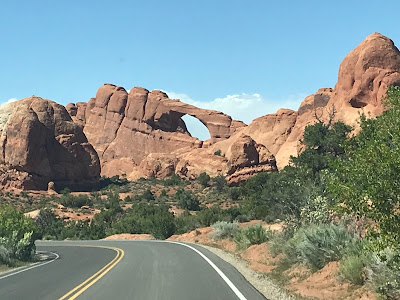Catching up on Taylor Swift
I’ve just spent more time than I meant to reading about Taylor Swift. I’m not exactly at the vanguard of popular culture, but the juggernaut that is Taylor + Travis, especially as we race toward Super Bowl Sunday, seemed like something I should know just a little bit about.
This led me to watch a few music videos, do a little googling (there’s a Taylor Swift class at Harvard and, of course, she was Time‘s Person of the Year for 2023) and feel just a little more a part of the cultural zeitgeist.
I’m still mostly in the dark about the superstar and her super-athlete boyfriend, but I’m curious enough that I may tune in on Sunday, if not for the football then for the celebrity dish.
(Photo: Patrick Smith/Getty)

